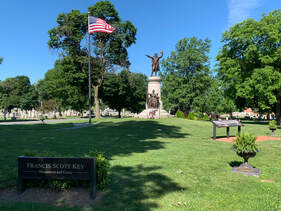 Without a doubt, the most famous resident in Frederick’s Mount Olivet Cemetery is Francis Scott Key (1779-1843). Marked by a grand monument, placed in 1898, his gravesite is basically the first thing visitors see as they enter through the “garden cemetery’s” front gates from Frederick’s South Market Street. Our native county son, a lawyer by profession, found himself in “quite the pickle” while being held captive aboard a British “Sloop of War” in Baltimore Harbor on September 13-14th, 1814. He had a front row seat to view the “perilous fight” between the “Defenders” of Baltimore and British military forces at Fort McHenry. FSK decided to take pen to paper, and wound up writing a catchy little song about the survival of United States flag above the fort throughout the attack—and the rest, as they say, is history. The patriotic, hometown hero has many ties to Mount Olivet. We have over 100 veterans of the War of 1812, some that were present in Baltimore on those fateful September days back in 1814. The cemetery also has dozens of colleagues and clients from Key’s law-practice days. Most important of all are, you will find a number of relatives of this man who gave us “The Star-Spangled Banner.” 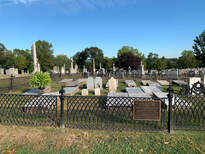 Obviously Key’s wife, Mary Tayloe Lloyd Key (1784-1859), is buried beside him in a vault located under the impressive monument. In the couple's original burial lot (Area H/Lot 439), one can find FSK’s son, Francis Scott Key, Jr./ “Frank” (1806-1866). Two grandchildren are here in this gravesite as well: John Ross Key (III) (1837-1920), a prominent painter of national reputation and son of John Ross Key II, and Alice Key Blunt (1847-1927), a Baltimore socialite and daughter of Ellen Key. Fifty yards to the west of this spot is the location of Key’s parents—John Ross Key (1754-1821) and Anne Phoebe Charlton Dagsworthy Key (1756-1830). They are buried in what is called “the Potts lot,” located on Area G/Lot 47. It just so happens to be the only surviving "gated community" within Mount Olivet. Key’s younger sister is also buried in the cemetery, and located next to his parents. She is surrounded by three daughters, nieces of Francis Scott Key. Many are surprised to learn that this woman rests here, and not beside her famous (or infamous) husband in St. John’s Cemetery between Frederick’s East 3rd and 4th streets in Downtown Frederick. Her name was Anne Taney. Dearest Sister Anne Arnold Phoebe Charlton Key was born on June 13th, 1783 on the Key family plantation of Terra Rubra. Not far from the Monocacy River, and even closer to Double Pipe Creek, this locale was in Frederick County at the time of Anne’s birth, but would become part of Carroll County when the latter was established in 1837. Anne Key was described as beautiful, with a "bright mind and womanly graces." Sadly, I have not been able to find an image of her, however have read anecdotes that some do survive. Anne was the fourth of four children born to John Ross Key and wife Anne. Two of the Key children died in infancy, probably dictating the fact that Anne and brother Francis would have a close bond throughout childhood and adulthood. The little girl was a devoted playmate to her brother, and both received early schooling from their mother. Francis would be sent to St. John’s College of Annapolis in 1789. Meanwhile, young Anne would continue to experience her childhood on the family plantation, while making frequent trips to Annapolis to visit her brother and other relatives.
Judge Edward Delaplaine, in his work Francis Scott Key: Life and Times, wrote of Anne: “One of Key’s contemporaries recalled that Anne had the most cheerful face and the most pleasant smile that he had ever seen.” Delaplaine playfully relayed that their marriage “was likened to the union of a hawk and a sky-lark.” Anne and her brother would remain close throughout adulthood, and Francis would continue to call Anne’s husband one of his closest, lifelong friends. After the wedding, the Taneys resided in Frederick and went on to have the following six children: Ann Arnold Key Taney (1808-1834) married James Mason Campbell of Baltimore Elizabeth Maynadier Taney (1810-1873) m. William Stevenson of Baltimore Ellen Mary Taney (1813-1871) never married Augustus Brooke Taney (1815) died in infancy Sophia Brooke Taney (1817-1885) married Col. Francis Taylor Maria Key Taney (1819-1887) married Maj. Richard T. Allison Alice Carroll Key (1827-1853) No one is exactly sure of the location of the Taney family home in Frederick, because the site of the Roger Brooke Taney House on S. Bentz Street has been found to simply have been attributed to Taney as an investment holding, as it is doubtful that he ever lived there. Another theory I have heard is that Taney lived at a property that bordered the St. John the Evangelist Catholic Church property/compound. He was highly active in this church and could have lived on or adjacent to their grounds in some capacity. A lady, whose grandparents once lived at 113 E. Church St., told me that Taney was reputed to have lived at that location. This is the building to the immediate left of the former FCPS administration building on E. Church St., before one gets to Chapel Alley. Lastly, others have said that Taney’s law office was in the first block of N. Market St., on the east side of the street. The original townhouse is long gone, however the locale is today home to Cacique Restaurant. 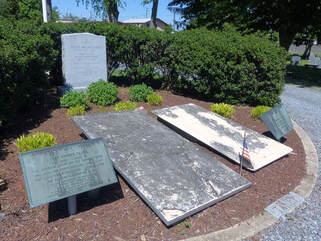 R. B. Taney grave in St. John's Cemetery R. B. Taney grave in St. John's Cemetery Speaking of church, Anne and Roger Brooke Taney reconciled religious differences by agreeing that their sons would be raised as Catholics, and their daughters as Anglicans. This explains why Anne and three daughters are resting here in Mount Olivet, and Roger Brooke Taney is in St. John’s Cemetery in between East Third and Fourth streets in downtown Frederick. He is buried beside his beloved mother, Monica. Anne and Roger maintained close ties with Anne's family. They enjoyed frequent family reunions with her brother's family and also her parents, John Ross Key and Anna Charlton Key, at Terra Rubra. In the summer, the Taney family would sometimes retreat to the country to visit Anne's cousin, Arthur Shaaff. Mr. Shaaff was an interesting bachelor, who was a leader of the Frederick Bar. His plantation, named Arcadia, was a short distance south from Frederick. It still stands today, just below the Frederick Detention Center and immediately adjacent MD route 85. Shaaff helped mentor both Taney and his younger cousin, Francis Scott Key. The Taneys maintained close ties with Roger's family in Calvert County, as well. The lawyer's mother moved in with Roger and Anne during the War of 1812 period, and remained with them until she died in 1814. This particular year, Anne would also see her brother become an “American Idol” of sorts, thanks to his writing of “The Star-Spangled Banner.” Meanwhile, Taney’s reputation as a lawyer and politician was growing as well. Taney made influential friends earlier in life among fellow law students, and also classmates at St. John’s College, and the sons of prominent people who came to Annapolis for the season. Among them was William Potts, who planned to be a merchant in Baltimore. Young Potts was the son of Judge Richard Potts, of Frederick, who was to be one of the promoters of Taney’s professional and political career.  Anne and her husband would stay in Frederick until 1823, at which time Roger Brooke Taney received the job of circuit court judge after spending five years in the State senate. The couple moved to Baltimore, and another child would be borne to them here in 1827—Alice Carroll Taney. Additionally in the year 1827, Mr. Taney would be chosen as attorney general of Maryland. President Jackson appointed him Attorney General of the United States and he assumed office on July 20, 1831. He resigned the position on September 23, 1833. Taney was then appointed Secretary of the Treasury. In 1835 President Jackson nominated Taney to be Chief Justice of the Supreme Court. He was confirmed by the Senate and would hold the office for the rest of his life — October 12, 1864. “The twilight’s last gleaming” Anne and Roger had a very long and happy marriage. Roger wrote to her frequently when he was away from home on business. In his many letters, Taney shared with her the details of his public business, his belief in God, and his loneliness when away from her and his children. On their 46th wedding anniversary, Roger wrote Anne the following letter: Washington, January 7, 1852 I cannot, my dearest wife, suffer the 7th of January to pass without renewing to you the pledges of love which I made to you on the 7th of January forty-six years ago. And although I am sensible that in that long period I have done many things that I ought not to have done, yet in constant affection to you I have never wavered – never being insensible how much I owe to you – and now pledge to you again a love as true and sincere as I offered on the 7th of January, 1806, and ever shall be Your affectionate husband, R.B. Taney. Taney was a dedicated and loyal husband to Anne, and his love was unwavering for her. Health issues plagued the couple throughout their twilight years. A popular vacation and retreat spot for the family was Old Point Comfort in Virginia. Old Point Comfort is a point of land located in the independent city of Hampton, Virginia. Previously known as Point Comfort, it lies at the extreme tip of the Virginia Peninsula at the mouth of Hampton Roads in the United States. It was renamed Old Point Comfort to differentiate it from New Point Comfort, 21 miles up the Chesapeake Bay. In the 19th and first half of the 20th centuries Old Point Comfort served as the terminus and connection point for passenger and express freight ships connecting cities of Chesapeake Bay by both water and rail routes with Boston, New York and along the southeastern coast. Rail lines, for example the New York, Philadelphia and Norfolk Railroad, provided rail car through ferry service from Old Point Comfort to Cape Charles on the Eastern Shore of Virginia for land route connections to points north. For most of the 19th and 20th centuries, Old Point Comfort was a summer and winter resort in the town of Phoebus in Elizabeth City County. It appears that in 1952, the residents of both the town and county would vote to be consolidated with the independent city of Hampton. Old Point Comfort is the location of historic Fort Monroe, the Chamberlin Hotel, and the Old Point Comfort Light. I became intrigued with another work on Taney’s life, published in 1935 by Carl Brent Swisher. Entitled simply, Roger B. Taney, this book came out four years after a bust of the Supreme Court Justice was joyfully unveiled in front of Frederick County’s Courthouse. If you were unaware, the bust caused a bit of a “political correctness” –themed controversy a few years back. It now resides in Mount Olivet. As for Mr. Swisher’s biography, an in depth look at daughter Anne Key Taney’s final months can be inferred from letters included in the book from the hand of her husband, who was fixated on health epidemics and other contagious disease. The following passages come from Mr. Swisher’s book, and picks up in late spring, 1853: “I am out of health and soon fatigued,” Taney wrote from Richmond. “Perhaps Old Point may do something for me as I can get through the court here. But I am sensible of a sad falling off in my strength this spring.” The Campbells (Taney’s daughter Anne’s Family) were preparing to make their annual trip to Newport, Rhode Island. As Taney looked forward eagerly to his return to Old Point, his youngest daughter, Alice, begged to be permitted to go to Newport with the Campbells. Campbell broached the subject with Taney, and the latter replied with as close an approach to brusqueness as he seems ever to have used with his family: “I have not the slightest confidence in the superior health of Newport over Old Point, and look upon it as nothing more than that unfortunate feeling of inferiority in the South, which believes everything in the North to be superior to what we have. Yet I am willing that Alice shall go with you if she wishes it and her mother wishes it, and it will not cost more than $100. I would take that much from my increased salary but am unable to spare more without injustice to others. And it must be distinctly understood, that nothing additional must come from you. Until I see you have provided for your wife and children, I will accept nothing from you for mine.” Taney became so ill that he had to go to bed for three days before he finished his work at Richmond. He had been overworked, he wrote to Anne Campbell, and the fatigue of the journey to Old Point brought a relapse, so that he was in bed again for days. Yet he wrote about life at Old Point with no forebodings of disaster, no awareness that his attitude toward Alice’s desire to go to Newport, which had been such as to prevent her going, was to cost the life of one of those whom he dearly loved. Mrs. Taney was improving. Ellen and Maria were quite well. Alice, who had not yet joined them, had had a delightful visit with Elizabeth at some point outside Baltimore. Sophia was in Baltimore, shrinking from the disgrace which “that mean hypocrite,” her husband, had brought upon her. Taney hoped she would come to Old Point, “For I am afraid every day of hearing that the little boy is made sick by the summer heat of the town.” The weather had been cool at Old Point, and it had been necessary to close the doors and windows against the wind, “which was rather too strong for one who loves gentle breezes as much as I do.” It had been so cool as to keep the figs from ripening, but he was doing well, and last evening had walked around the fort on the outside without fatigue, a distance of a mile and a half. All of them enjoyed the sea bathing every day. Soon however, evidences of fearfulness became apparent in the letters. Rumors were drifting in concerning an epidemic of yellow fever. It had broken out in New Orleans, had been carried to Norfolk on ocean-going vessels, and was spreading back into the country. No one knew the cause. Taney attributed the disease to dirt. Bishop McGill, of the Roman Catholic church in Richmond, proclaimed that the Almighty had sent the yellow fever as punishment for the attacks of the Know-Nothings upon Catholics. It was of the irony of fate that the Taney family, wherein certainly no members of the Know Nothing party were to be found, even though the women were not Catholics, trembled alike with the heathen at the news of the spread of the menace. “The ravages of the pestilence in Norfolk and Portsmouth have not abated,” Taney wrote at the end of the month of August, “and the scene there must be awful….There has been no case at the Point. And the apprehensions and anxieties of Mrs. Taney and the girls is much abated….I have just returned from witnessing the grand parade of troops here. This being the last day of the month and inspection day, and of course there was a full turn out. And with the number now on the Point, the muster is quite an imposing spectacle. I left Ellen and Alice (who went with me)) with some friends as they wished to see the end of it.” “I have set about no work here, although I almost every day think of it. I have certainly a propensity to be idle and work hard only as a matter of duty, when the work can be no longer delayed. I excuse myself to myself on this occasion by the uneasiness and painful excitement which the state of things in Norfolk and Portsmouth produced in Mrs. Taney and the girls. Indeed apart from any apprehension of personal danger, it has been impossible not to feel saddened and depressed, when so many were suffering and dying near you and every day told of new victims to the disease. One’s thoughts must frequently be called away from matters of mere business, and he would be a hard man, and one whom I should neither love nor respect who could cooly fix his thoughts on any other subject for hours together, and feel no interruption from the agony and sufferings of the multitudes so near him.” Two weeks later Taney reported that the pestilence had given no signs of abatement. “But we hope the abundant rain and the sea breeze may operate favorably upon it. It has been a terrible and awful scourge without example in this country….We do not think that there is the least danger that the infected atmosphere can extend to this place…The place is perfectly healthy, and the weather is fine and pleasant, and we are all I think improving, notwithstanding the sad and depressing influence of the scenes around or near us.” Another week passed, and still no special cause for worry had appeared. Taney, voracious smoker that he was, realized that he would need cigars for the month or six weeks which he might yet spend at Old Point, and placed an order for a quarter-box of two hundred and fifty to last him through that period. The heat of the summer seemed to be over, and the weather was pleasant. “We all continue well here,” he wrote to Ann Campbell, “Mrs. Taney certainly much stronger, but I grieve to say that her difficulty in speech and defect of memory still remains, and I fear is not materially better. The constant uneasiness she unfortunately feels about the fever, and the sad amounts of suffering and death which she is continually hearing must be in some measure injurious to her health. Yet she has never wished to leave here, and indeed would be unwilling to go in any of the steam boats between this place and Baltimore or Richmond, as all of them have been filled with persons flying from the infected towns.” Three or four days later, Mrs. Taney, apparently already a victim of paralysis, suffered a severe stroke. In panic, Taney wrote to daughter Ann urging that medical aid be sent from Baltimore. Not trusting the mail service, he sent another note by private conveyance. “I wrote to you by mail today to tell you of the illness of my dear wife,” he said pitifully, “and to implore Doctor T. Buckler to come and see her. Fearing the letter may miscarry I write this note to give you this sad intelligence.” Mrs. Taney grew worse in spite of medical aid, and Alice suddenly fell seriously ill. On September 29th, Mrs. Taney died. It was believed at the time that paralysis was the cause, but it was reported later that after death the evidences of yellow fever were present in the body. A few hours later, on the morning of the following day, Alice also died, unquestionably the victim of the masquerading disease, leaving Taney crushed with another terrible blow. There was no possibility, at this time, of moving the bodies of victims of the dread contagion, to a cemetery at a distant place. Accordingly they were temporarily interred in a grave on Colonel Segar’s farm, near Old Point. Joseph Segar was a Hampton (VA) attorney and co-owner of the Hygeia Hotel which comprised the Point along with Fort Monroe. Some time later, at Taney’s request, his friend David M. Perine had the bodies moved to Frederick, where they were re-interred in the lot of the Potts family in Mount Olivet Cemetery, along with Mrs. Taney’s parents. Additional Burial Notes Unfortunately, here is where I take issue with Mr. Swisher’s account as it appears the bodies of Anne and Alice Taney underwent an additional burial to the two mentioned. Our Mount Olivet records say that both women were buried first at All Saints’ Episcopal Church burying ground, where I assume they were placed next to Anne’s mother and father, or within an underground family tomb. Richard H. Marshall, a prominent Frederick lawyer and founding member of the Board of Managers of Mount Olivet was listed as the responsible party for the move of the bodies here. The Marshall Lot today forms the eastern half of today's combined gated Potts-Marshall Lot within the cemetery. Marshall, a Charles County native, got his start as a lawyer under Roger Brooke Taney, whom he proclaimed his chief mentor. Marshall had made the arrangements for Anne Taney’s parents, John Ross Key and wife Anne, to be re-interred into Mount Olivet from All Saints’ on September 25th, 1857. Two months later, Anne and Alice Key were finally laid to rest in a shared grave to the immediate left of her father. This is in Area G/Lot 47. The broken-hearted family boarded a boat for Baltimore from Old Point Comfort. Taney was leaving this special place, the scene of many happy summers, countless memories and now, one terrible tragedy, never to return. While there on this trip, he had also been working on his memoirs, writing of the story of his life. This work was never to be resumed. So great had Roger Brooke Taney’s devotion to and dependence upon his wife that now, at seventy-eight years of age, there was a real danger that he would collapse completely when deprived of her companionship. It was here that his religion, an intimate spiritual reality rather than a mere commitment to creed, came to his aid. When a few days after his return to Baltimore a friend stopped at his house to take him for a drive he courteously refused to go. “The truth is, Father,” he said to the Catholic priest who happened to be with him at the time, “that I have resolved that my first visit should be to the Cathedral, to invoke strength and grace from God, to be resigned to His holy will, by approaching the altar and receiving holy communion.” Roger Brooke Taney sold his home in Baltimore in December (1855). Early in January, a month after the term of the Supreme Court had opened, Taney ventured in Ellen’s company to make the trip to Washington, and Maria whose husband was then at sea. In the nation’s capital, Taney took up quarters over a candy shop on Pennsylvania Avenue, between 4th and 5th streets. Taney’s office was partitioned off by a calico curtain from another apartment in which family cooking was done. He would eventually relocate to 23 Blagden’s Row on Indiana Avenue, near the Court House. Roger Brooke Taney was able to attend court only a small portion of the term during which he removed there, though within that portion he heard the first argument of the Dred Scott case. He described himself at this time in a letter to his sister Alice in August (1856): “At my time of life and broken constitution I have no right to expect again anything like the good health of earlier life.” Adding to his own health anxiety was the fact that his daughter Ellen was also experiencing health issues. The famed Dred Scott court case would begin arguments in February, 1856. Taney was still grieving for his wife and daughter who had only been gone less than five months. The case was argued from February 11 to 14, by Montgomery Blair of St. Louis, son of Francis P. Blair, for Dred Scott; and by Henry S. Geyer, formerly of Frederick County and at the time a US senator from Missouri, and Reverdy Johnson of Maryland for Sanford. The website Oyez, a multimedia judicial archive of the Supreme Court of the United States, says the following about the career of Roger Brooke Taney: Taney’s most infamous decision was the Dred Scott v. Sanford opinion. Ironically, Taney freed the slaves that he had inherited; however, he believed that the federal government had no right to limit slavery. He mistakenly thought he could save the Union when he ruled that the Framers of the Constitution believed slaves were so inferior that they possessed no legal rights. He held the Missouri compromise unconstitutional, claiming that as property, slaves were protected under Article V. In addition to this unpopular opinion, Taney became even more disliked when he challenged President Lincoln’s constitutional authority to apply certain emergency measures during the Civil War. Lincoln saw him as an enemy, and even defied one of Taney’s judicial decisions. Anyway, I could go on about the Dred Scott case and Taney’s accomplishments, but no need at this juncture as: 1.) I’m not trying to be a Taney apologist; and 2.) He’s not buried in Mount Olivet, its half of the rest of his immediate family, all of whom did not make decisions on behalf of the highest court in the land. I will say that his career was simply amazing, and he reached the zenith of his profession by becoming the fifth Chief Justice of the Supreme Court, along with involvement in thousands of cases over his lengthy career of roughly 64 years. His closest Maryland-born equal in the realm of law was the legendary Thurgood Marshall, who also served on the Supreme Court, and subsequently got more than a Frederick city street and apartment complex named for him. No Thurgood Marshall he got an international airport, and deservedly so. I would ask that people of today, especially those without a firm grasp on the history of this period, to frame their thoughts and opinions about the human being Roger Brooke Taney while using the lens and context of the time that the Dred Scott Case was heard (1850s). It's extremely complicated and major political ramifications were at stake. Go figure, the same is true today—hence the concern with the political and philosophical leanings of Supreme Court appointees, and the battles fought to either confirm or block confirmation. Compound this with health issues, the loss of a spouse and daughter less than a year earlier and you have a jurist who may not have an un-clouded mind. Again, not making excuses, just sayin'. To read more about the Dred Scott case, check out the links below: https://www.loc.gov/rr/program/bib/ourdocs/dredscott.html https://www.thirteen.org/wnet/supremecourt/antebellum/landmark_dred.html Ironically, since we are talking about slavery, and the history of slavery in our country as it is directly connected to Taney's most famous case, I would be remiss not to pass on the fact that the 400th anniversary of the first African slaves brought to the colonies occurred in August, 1619. The place, Old Point Comfort, Virginia, where Taney lost his spouse and youngest daughter. History can just be amazing, don't you think? As for the controversial fellow, himself, Roger Brooke Taney died on October 12th, 1864, at the age of 87. He had served as chief justice for 28 years, 198 days, the second longest tenure of any chief justice. Taney was nearly penniless by the time of his death, and he left behind only a $10,000 life insurance policy and worthless bonds from the state of Virginia. I found a news clipping that described the funeral procession in Washington, DC that accompanied Taney's corpse to the B & O Train depot for transport to Frederick and subsequent burial in the small burying ground on the campus of Frederick's Jesuit Novitiate. (His remains would later be removed to St. John's Cemetery in 1904.) President Lincoln attended the viewing at the Taney home and attended the body to the station. He would have likely attended the funeral, however we were still in the midst of the Civil War, and he was not to leave Washington for such a trip. An interesting show of respect from such a bitter rival. Sadly Lincoln would be destined to the grave just six months later. What I’d really love to know is how often Roger Brooke Taney visited the gravesite of his wife and daughter over his last nine years, if at all. In addition, in this same Potts Lot, he could find his in-laws, mentor Arthur Shaaff, and the man he mentored, Richard H. Marshall. As he took responsibility for the wildly unpopular Dred Scott Decision, I’m sure he firmly believed he was making the right call for the time, as six other justices agreed with his rationale, and only two dissented. However, Taney most likely despised and regretted full-heartedly his “decision” to stay at Old Point Comfort in the summer of 1855, not to mention the fact that he "guilted" young Alice into coming to Virginia instead of her intended plan of staying with sister Ann Campbell at Newport, Rhode island. These issues surely haunted him until his dying day nine years later. In time, two daughters would additionally be buried in the plot with their mother and younger sister. Ellen Mary Taney never married and died at the age of 58. This occurred on September 26th 1871, just days prior to the 18th anniversary of her mother’s death. She was buried on September 30th. Maria Key Allison would die on April 15th, 1887 and was buried three days later.
1 Comment
H Horstman
5/20/2021 10:22:16 am
Thank you for this article. I knew right where to look when my mind formulated the following question: "Where is Mrs. Taney buried, and why is Roger Taney not buried beside her?"
Reply
Leave a Reply. |
STORIES
|
Archives
July 2024
June 2024
May 2024
April 2024
March 2024
February 2024
January 2024
December 2023
November 2023
September 2023
August 2023
July 2023
June 2023
May 2023
April 2023
March 2023
February 2023
January 2023
December 2022
November 2022
October 2022
September 2022
August 2022
July 2022
June 2022
May 2022
April 2022
March 2022
February 2022
January 2022
December 2021
November 2021
October 2021
September 2021
August 2021
July 2021
June 2021
May 2021
April 2021
March 2021
February 2021
January 2021
December 2020
November 2020
October 2020
September 2020
August 2020
July 2020
June 2020
May 2020
April 2020
March 2020
February 2020
January 2020
December 2019
November 2019
October 2019
September 2019
August 2019
July 2019
June 2019
May 2019
April 2019
March 2019
February 2019
January 2019
December 2018
November 2018
October 2018
September 2018
August 2018
July 2018
June 2018
May 2018
April 2018
March 2018
February 2018
January 2018
December 2017
November 2017
October 2017
September 2017
August 2017
July 2017
June 2017
May 2017
April 2017
March 2017
February 2017
January 2017
December 2016
November 2016

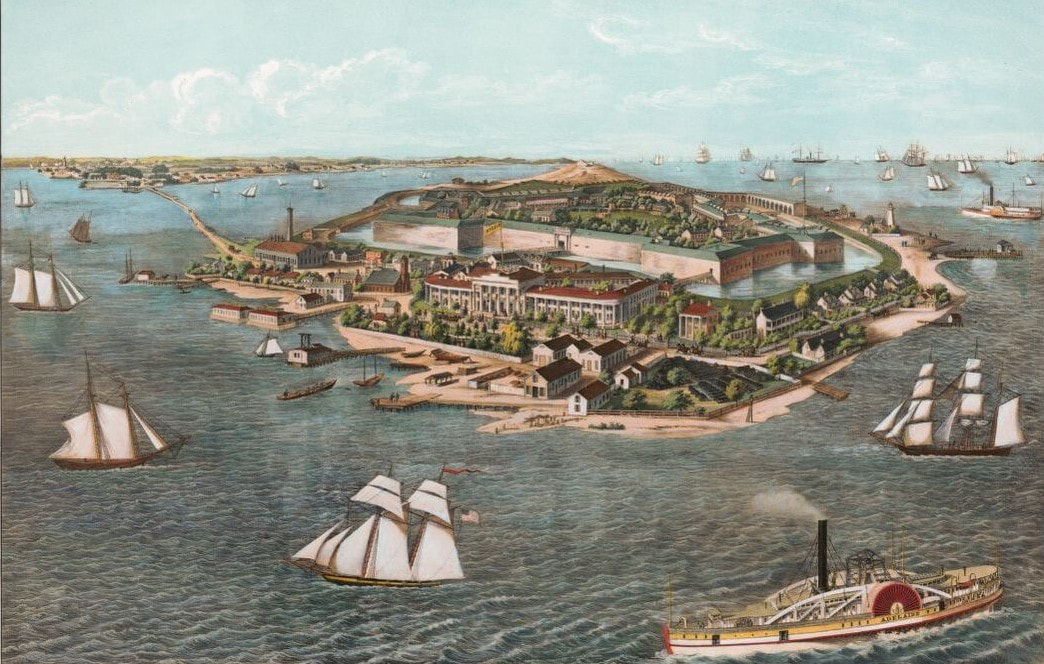
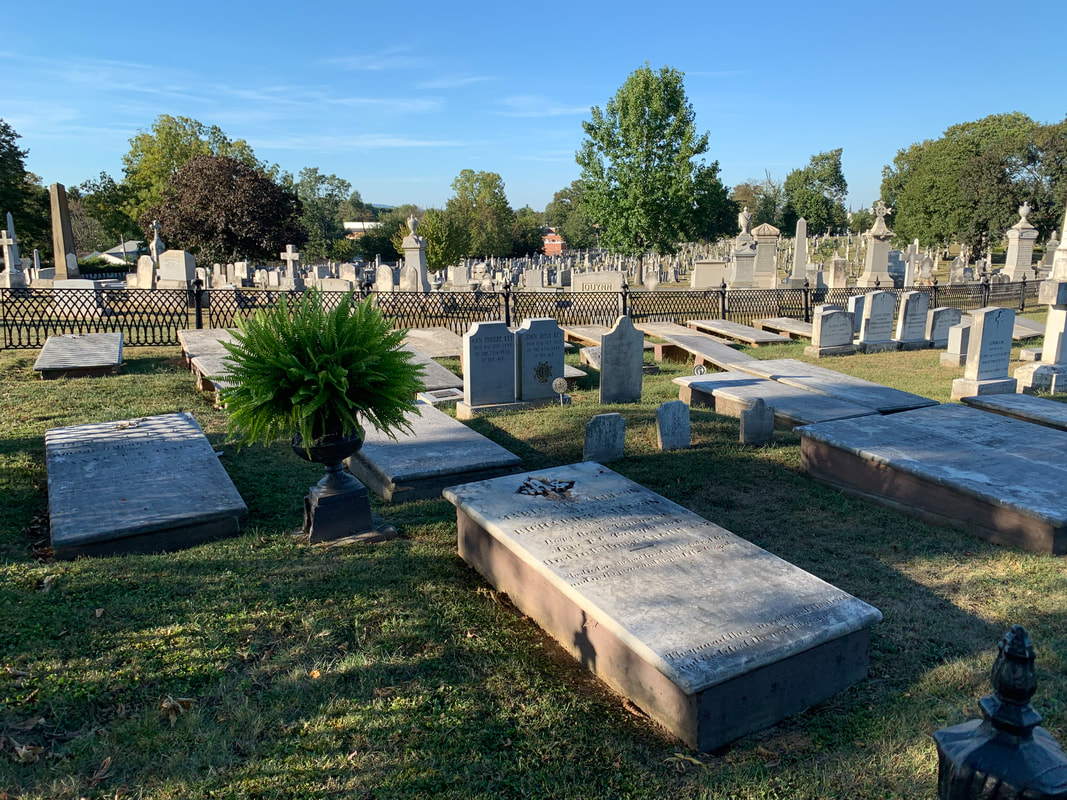
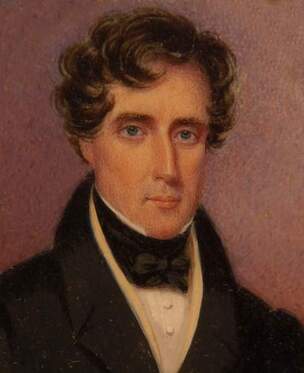
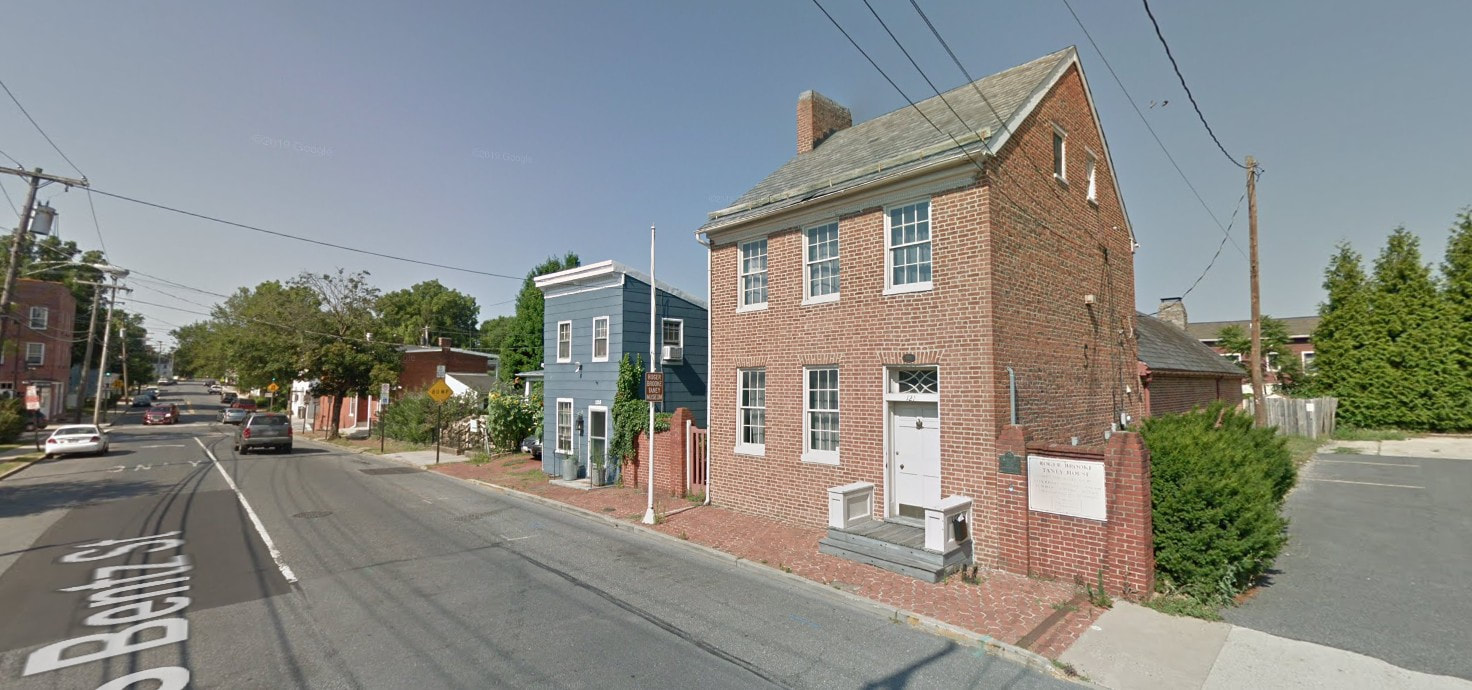
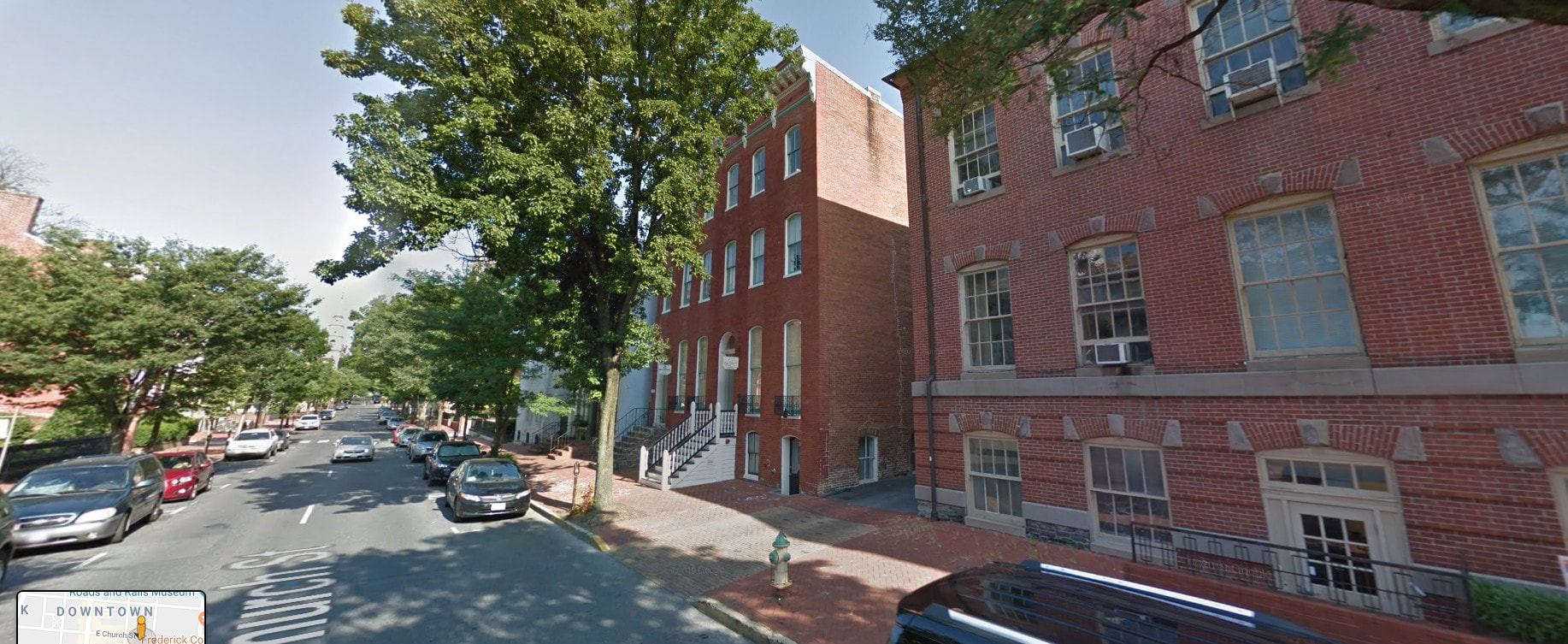
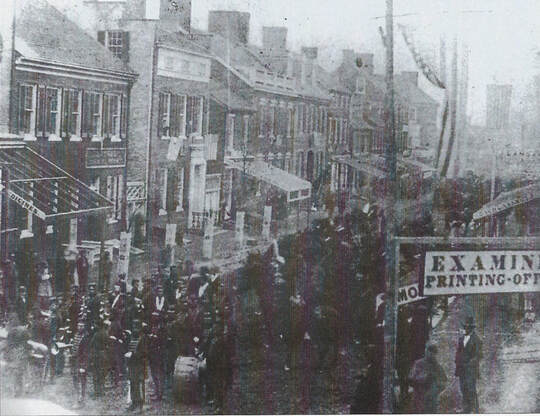
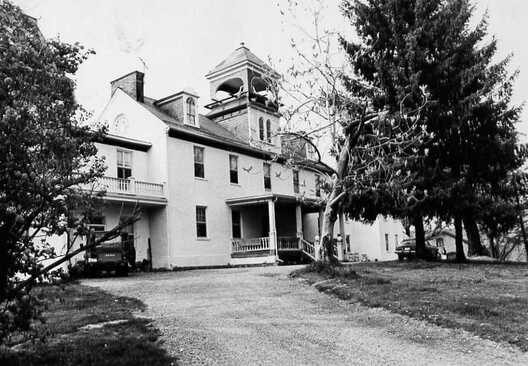
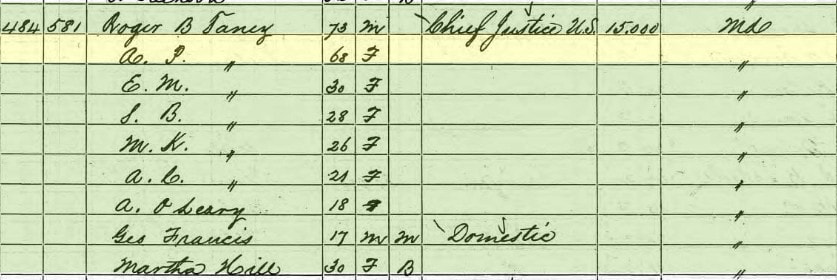
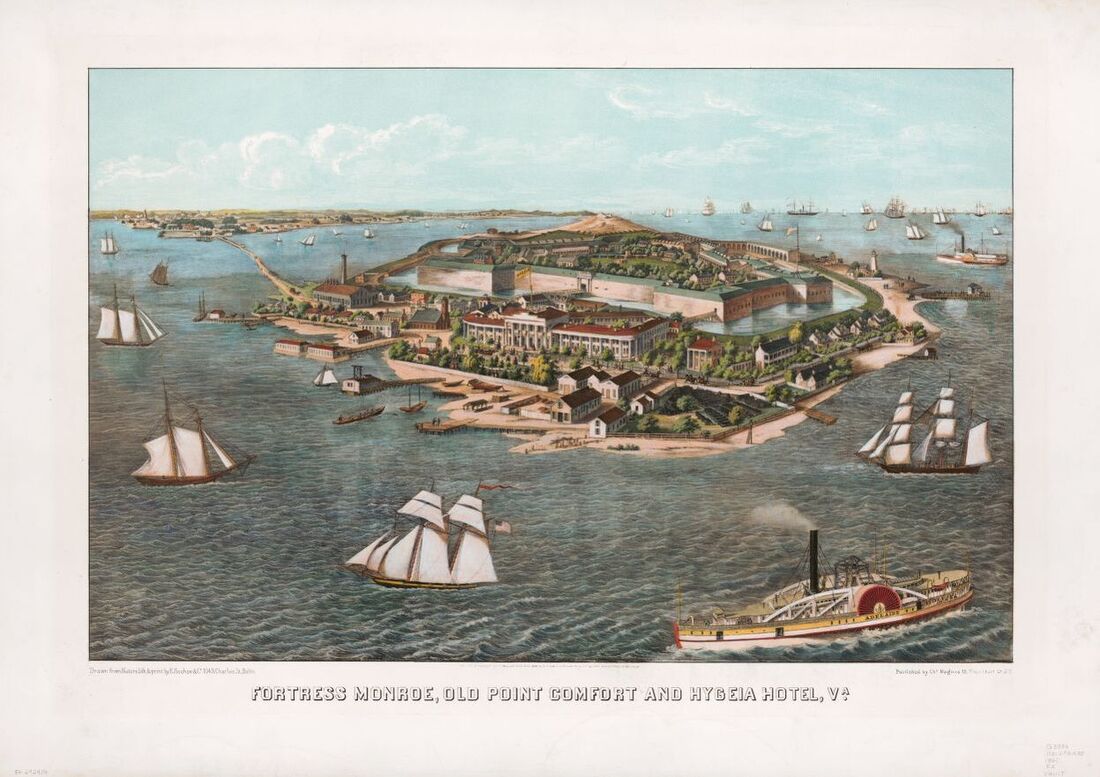
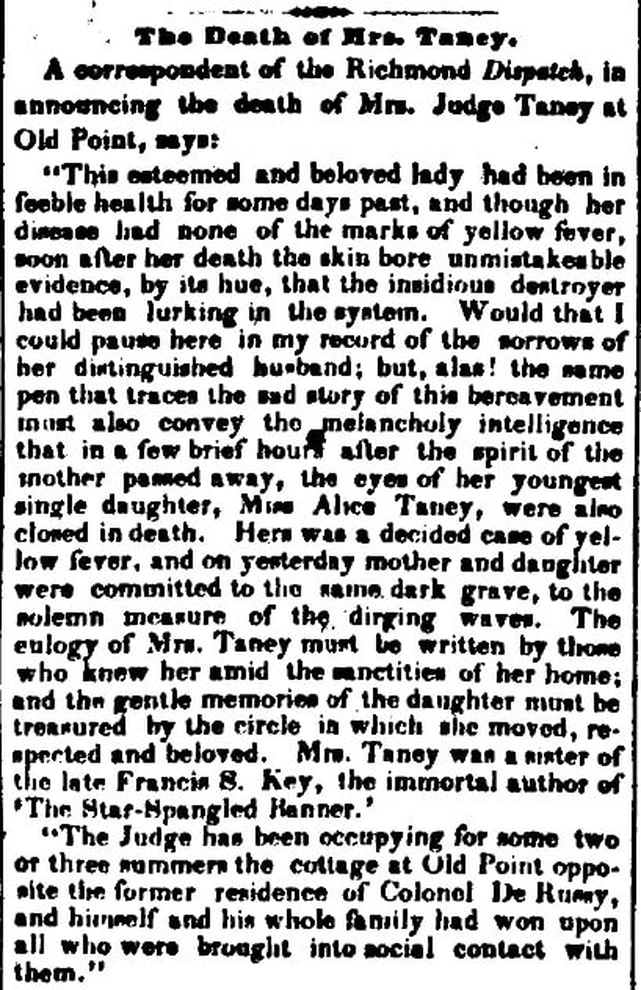
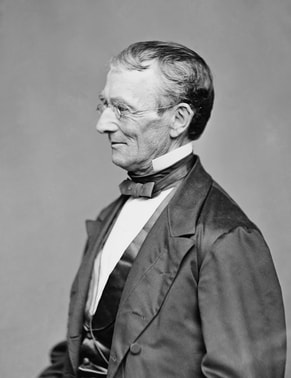
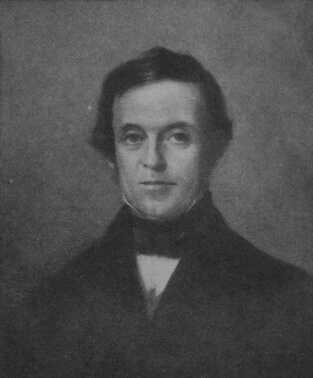

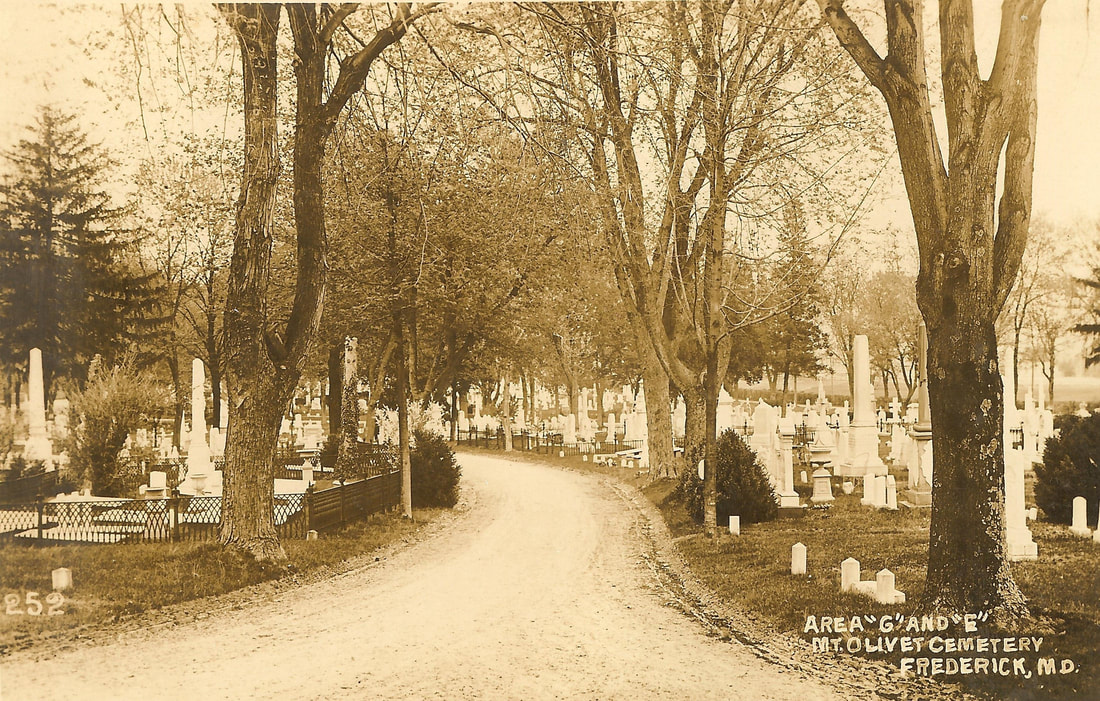
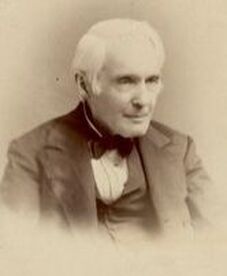
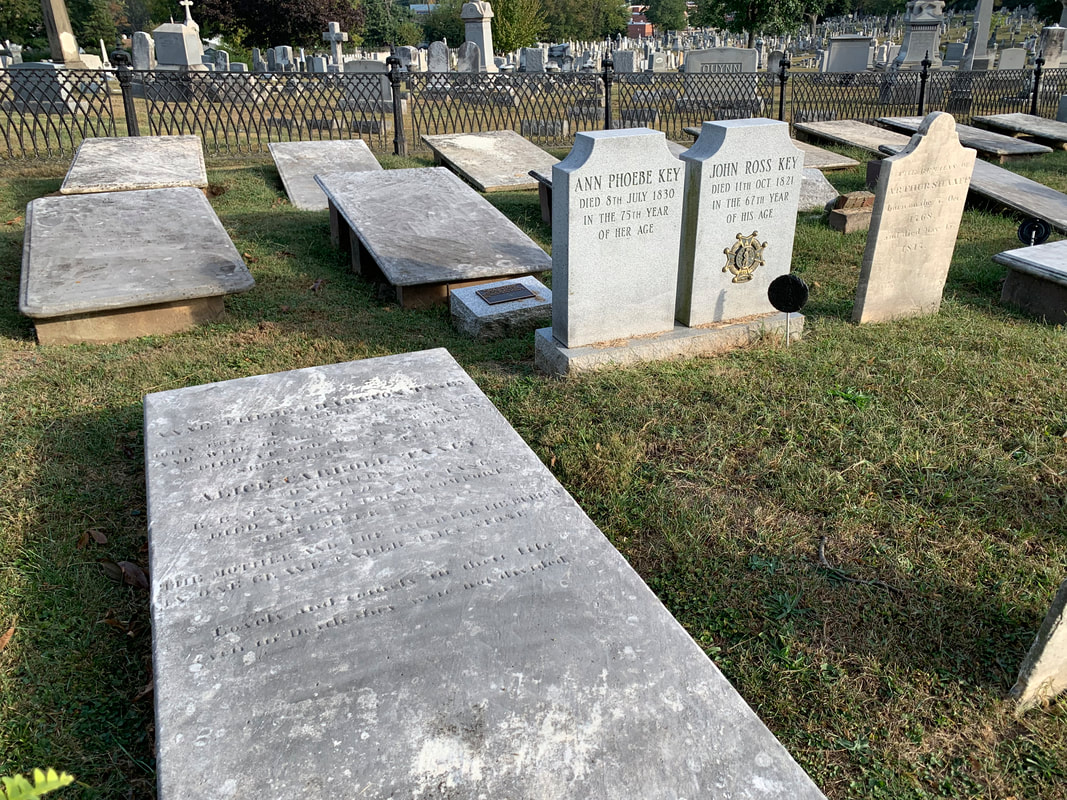
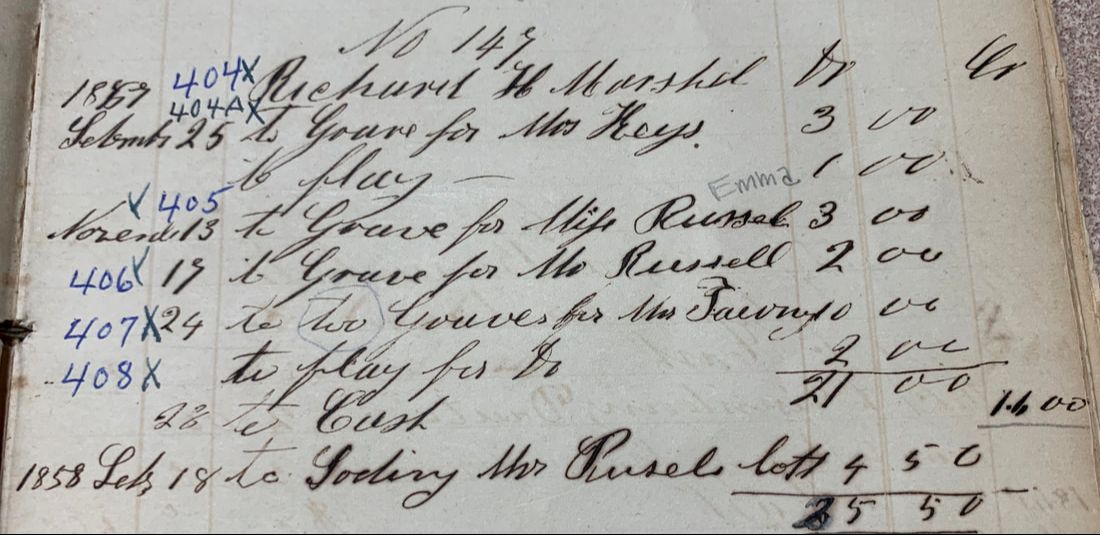
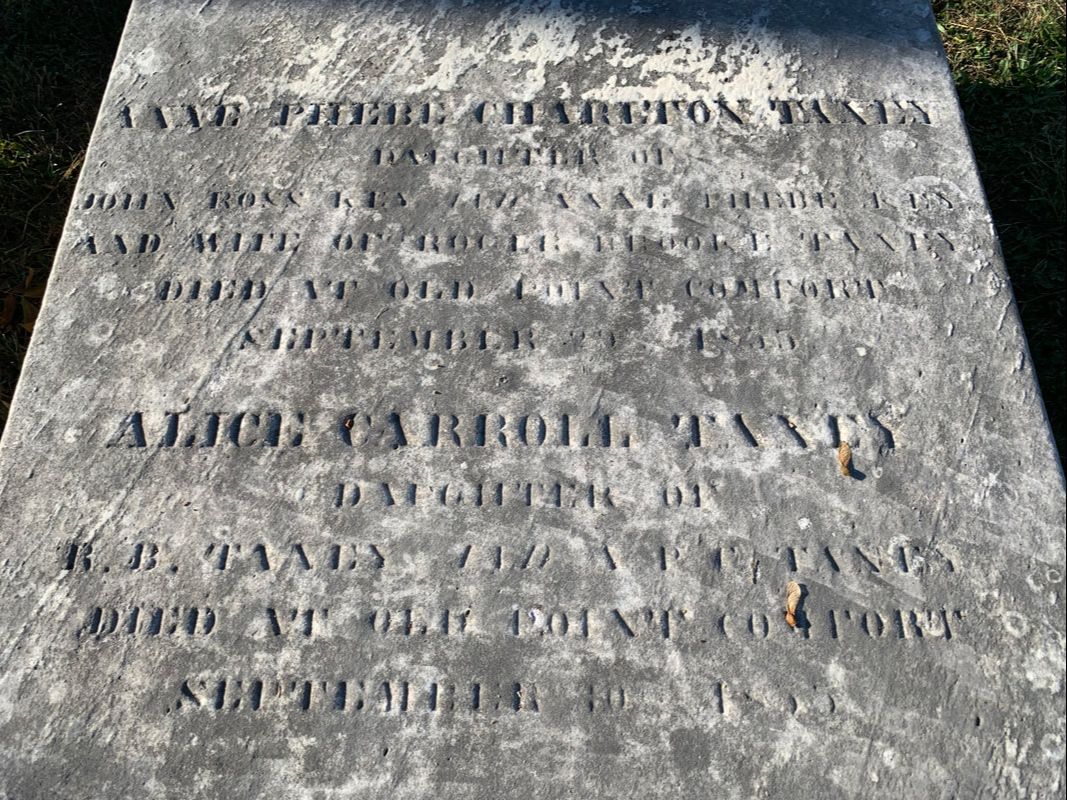


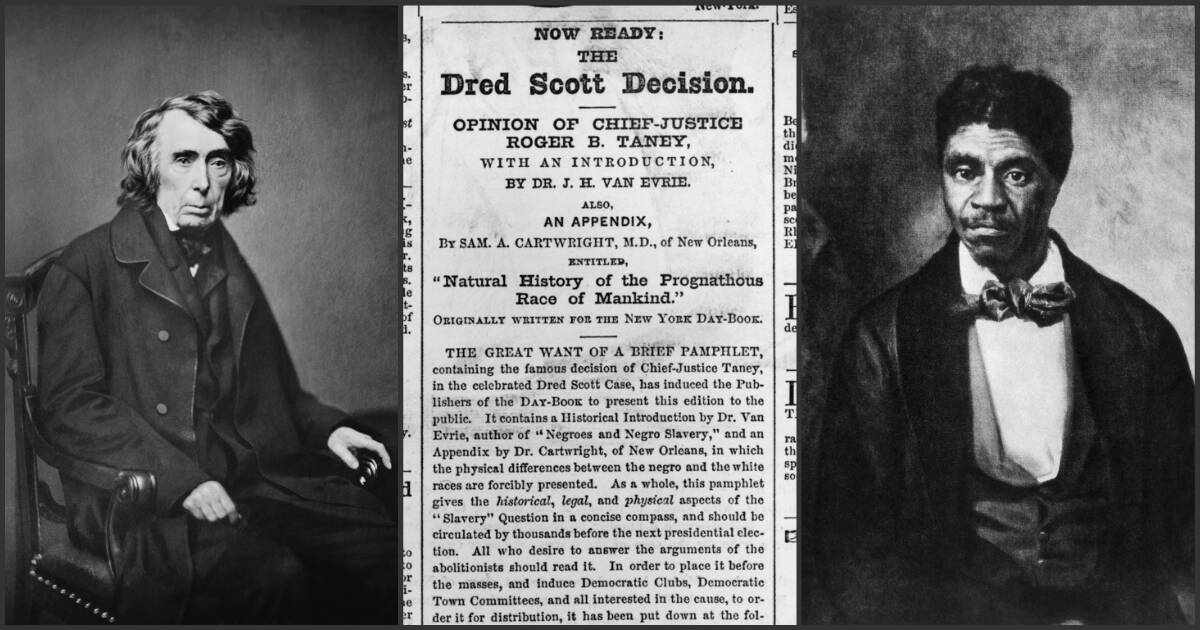
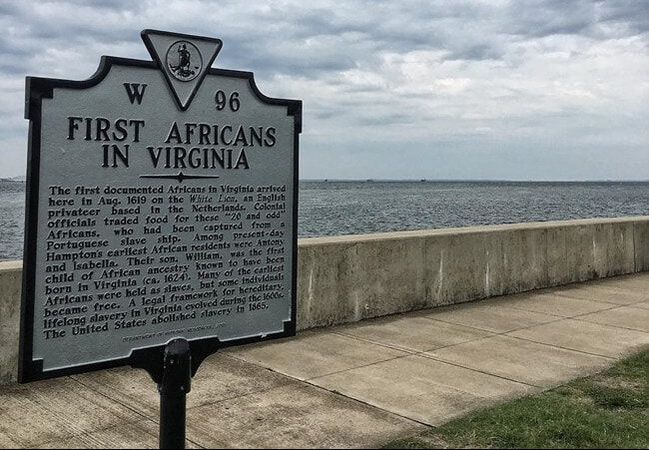
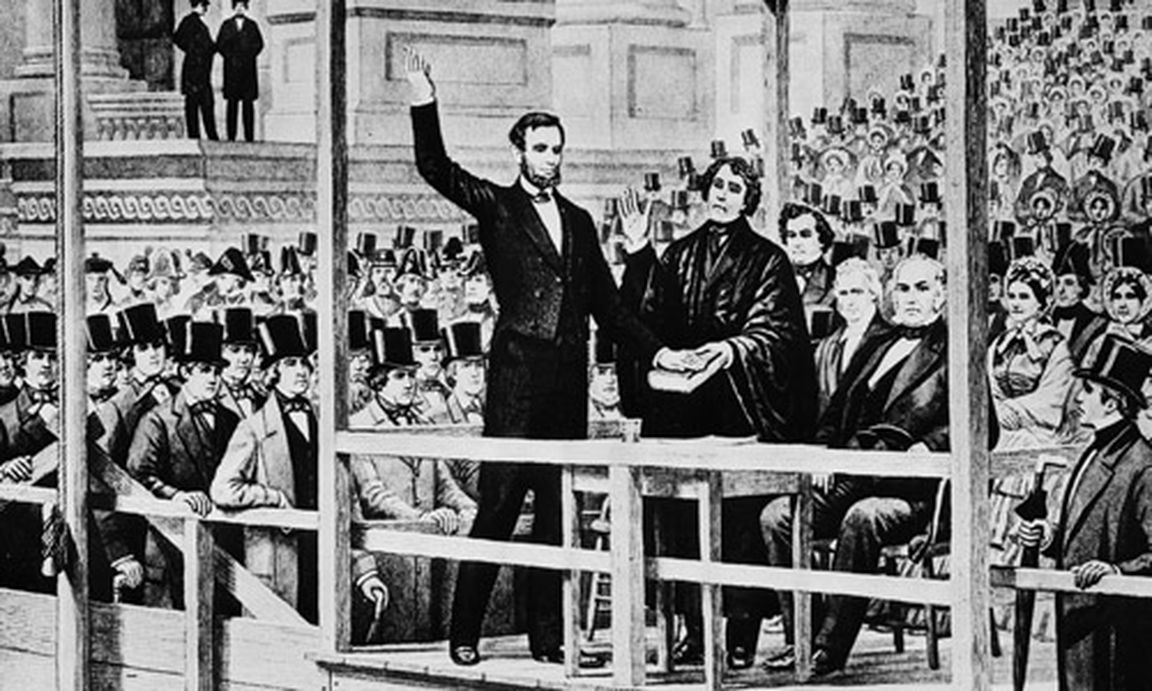
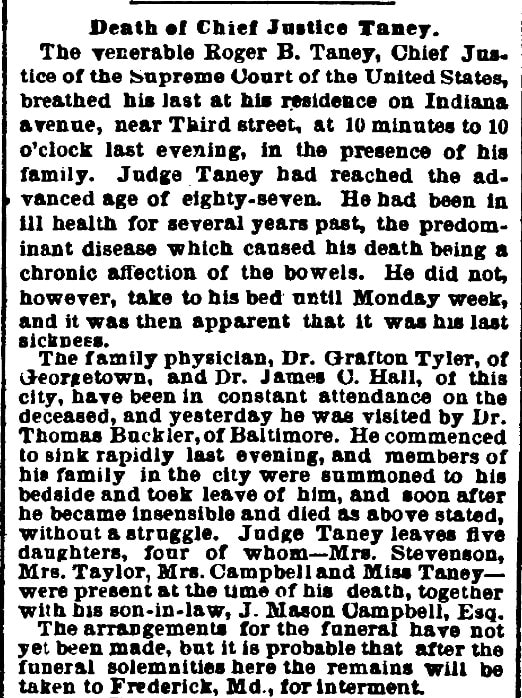
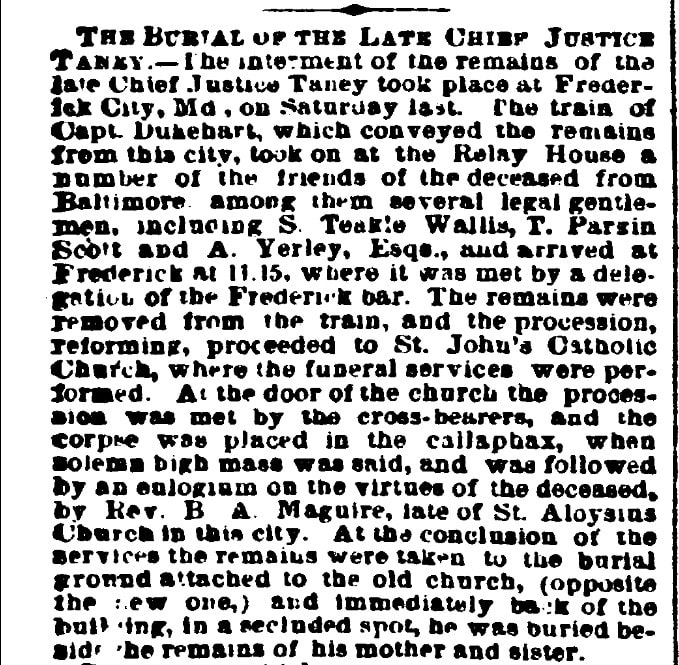
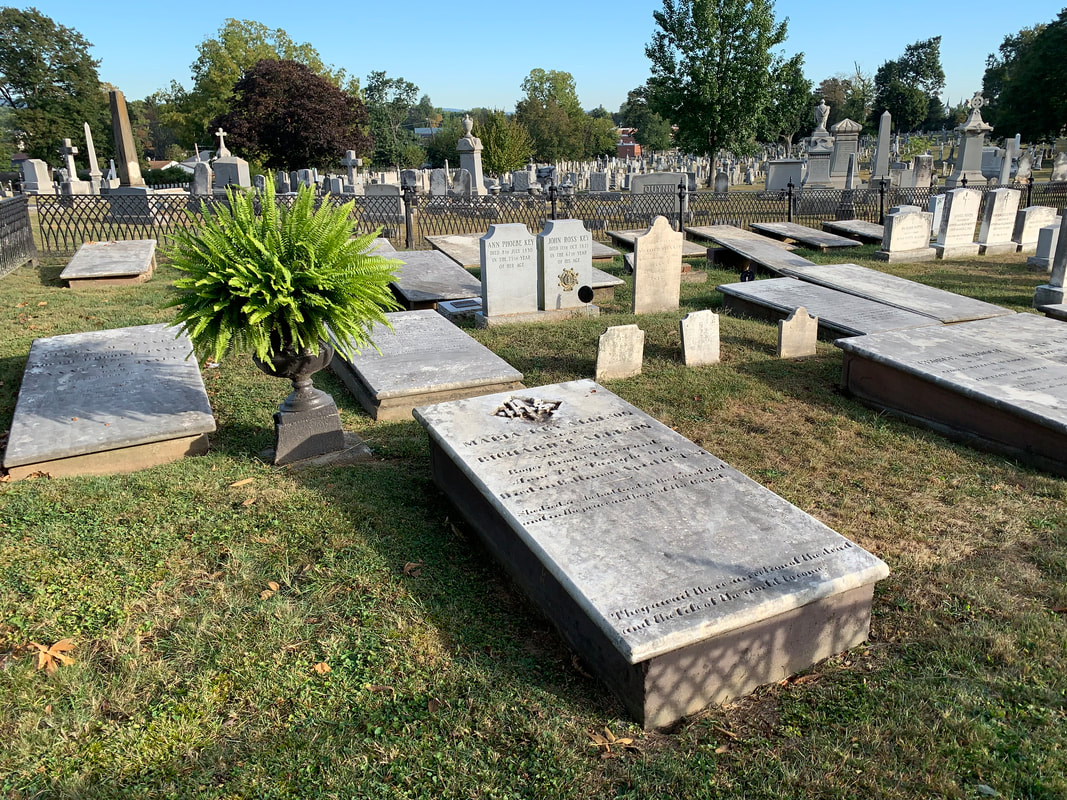
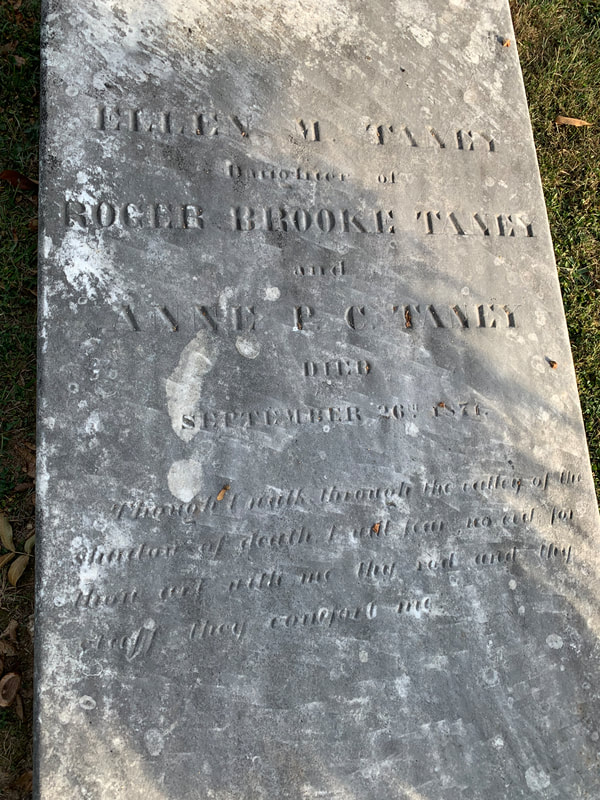

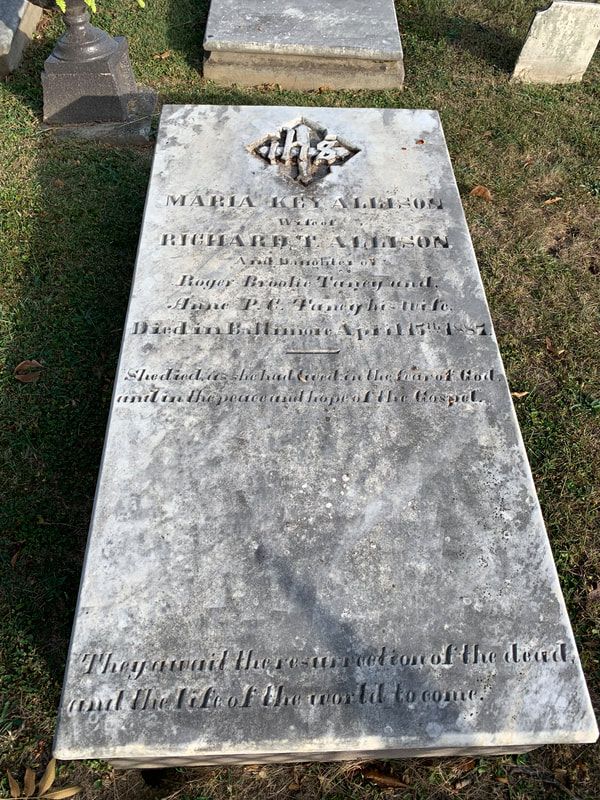
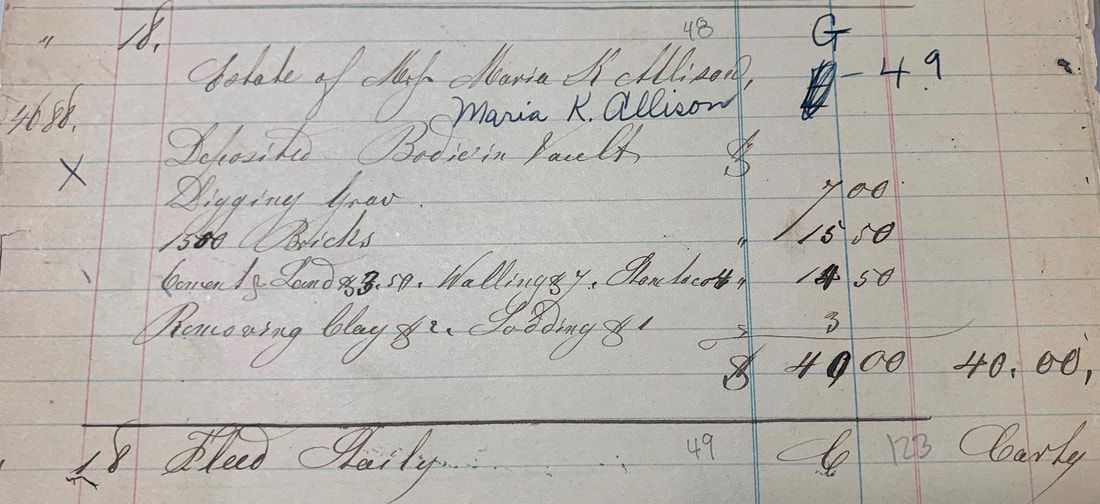

 RSS Feed
RSS Feed